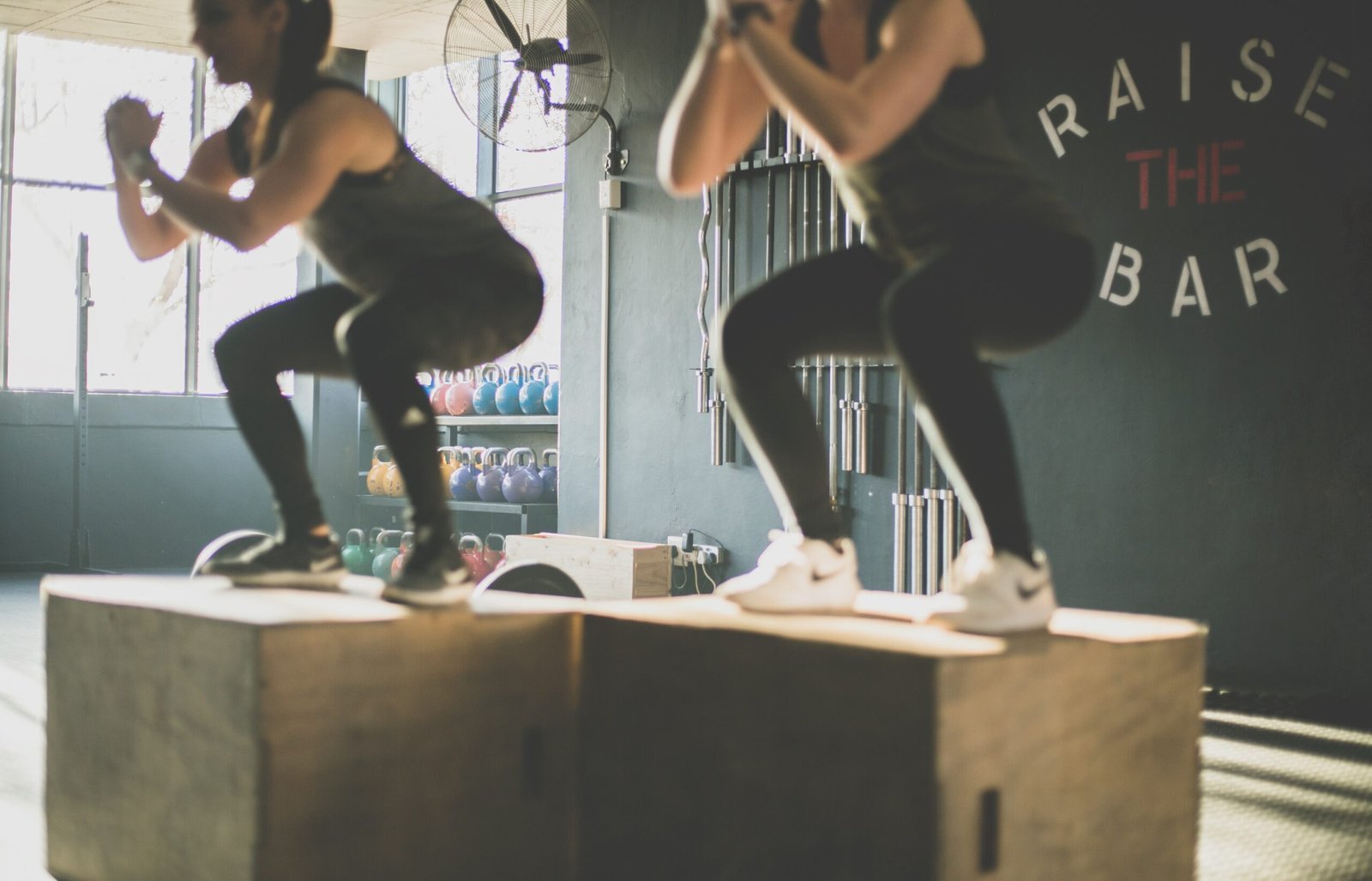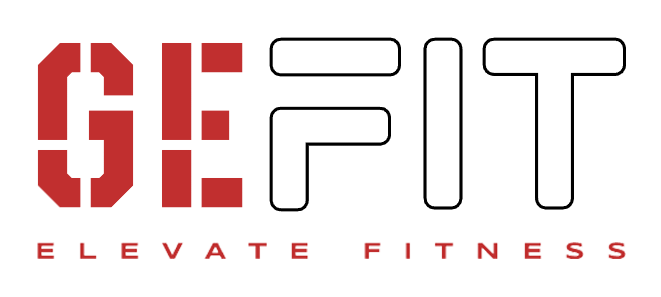
Mastering the Squat: A Comprehensive Guide to Proper Form and Different Types of Squats
The Importance of Squats
Squats are a fundamental exercise that engages multiple muscle groups in the lower body, including the quadriceps, hamstrings, glutes, and calves. They also activate the core muscles, making them an excellent compound movement for overall strength and stability. Whether you are a beginner or an experienced fitness enthusiast, mastering proper squat form is crucial for maximizing results and preventing injuries.
Proper Squat Form
Follow these step-by-step instructions to perform a squat with proper form:
- Starting Position: Stand with your feet shoulder-width apart, toes slightly turned out. Keep your head up, chest lifted, and maintain a neutral spine.
- Descent: Initiate the movement by bending your knees and hips simultaneously. Keep your weight on your heels, ensuring that your knees track over your toes. Lower your body until your thighs are parallel to the ground or slightly below. Maintain a tight core throughout the movement.
- Ascent: Push through your heels and extend your hips and knees simultaneously to return to the starting position. Keep your chest lifted and maintain proper alignment of your spine.
- Repeat: Perform the desired number of repetitions, focusing on maintaining proper form throughout the entire set.
Different Types of Squats
Here are some variations of squats that can help you target different muscle groups and add variety to your workout routine:
1. Goblet Squat
The goblet squat is a great exercise for beginners to develop proper squat form and strengthen the lower body. It primarily targets the quadriceps, glutes, and hamstrings.
2. Sumo Squat
The sumo squat is performed with a wider stance and toes pointed outward. This variation emphasizes the inner thighs and glutes, providing an excellent workout for those muscles.
3. Bulgarian Split Squat
The Bulgarian split squat is a unilateral exercise that targets each leg individually. It helps improve balance and stability while working the quadriceps, hamstrings, and glutes.
4. Pistol Squat
The pistol squat is an advanced variation that requires significant strength and balance. It challenges the entire lower body, particularly the quadriceps and glutes.
5. Front Squat
The front squat places more emphasis on the quadriceps and core muscles. It involves holding the barbell in front of your shoulders, which requires upper body strength and mobility.
6. Overhead Squat
The overhead squat is a challenging exercise that targets the entire body, including the shoulders, core, and lower body. It helps improve mobility, stability, and overall strength.
7. Jump Squat
The jump squat is a plyometric exercise that adds an explosive element to the squat movement. It helps develop power and explosiveness in the lower body while engaging multiple muscle groups.
Conclusion
Squats are a versatile exercise that can be modified to suit various fitness levels and goals. By mastering proper squat form and incorporating different types of squats into your workout routine, you can effectively strengthen and tone your lower body while reaping the benefits of this compound movement. Remember to start with lighter weights or bodyweight squats if you are a beginner and gradually increase the intensity as your strength and technique improve. Always listen to your body, and if you experience any pain or discomfort, consult a fitness professional.


1 comment so far